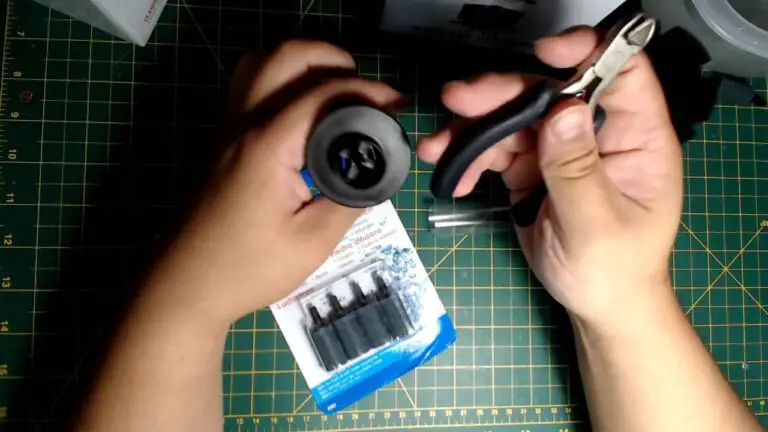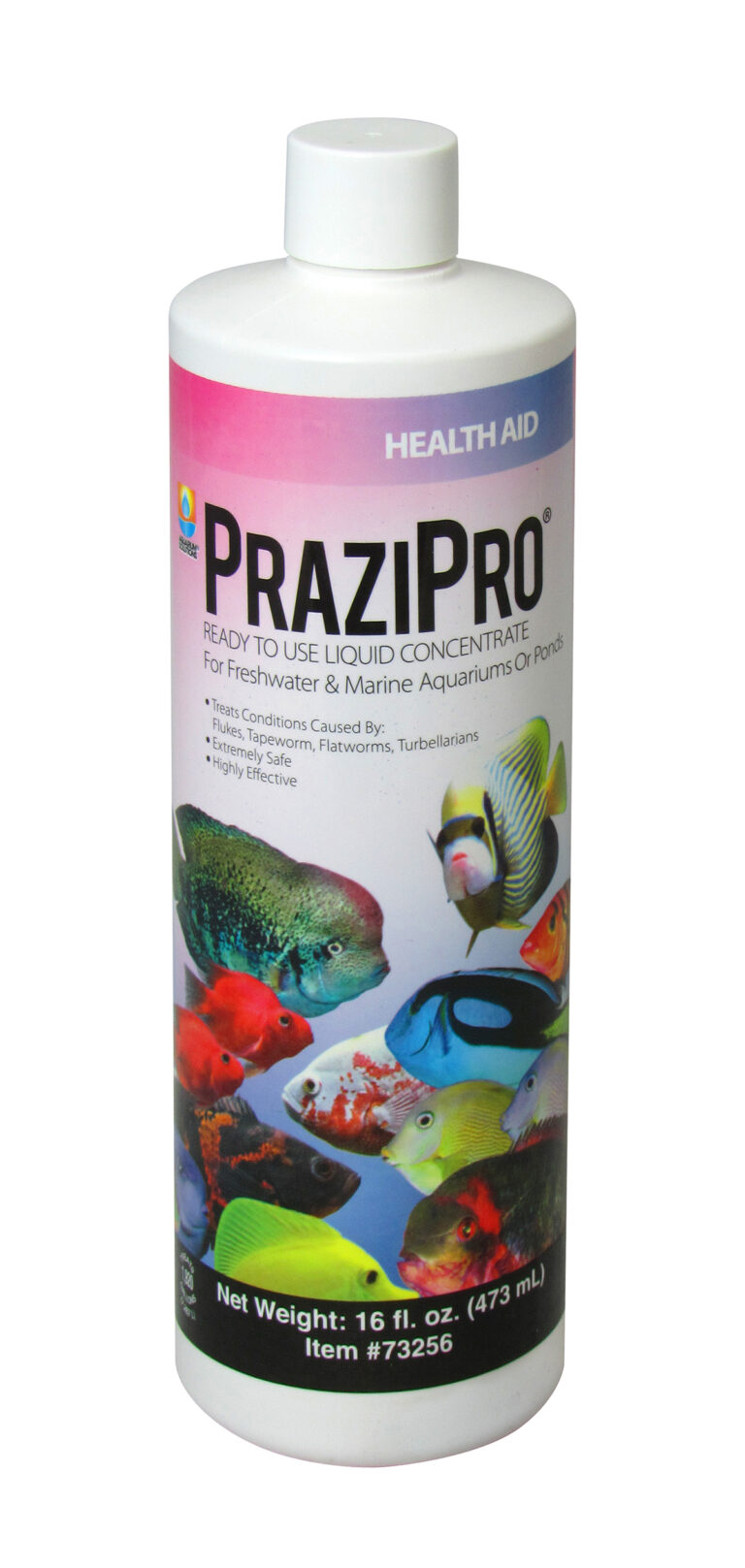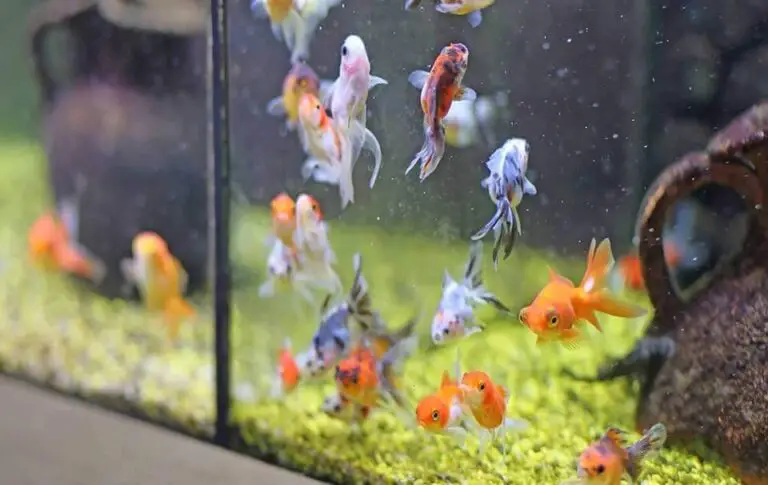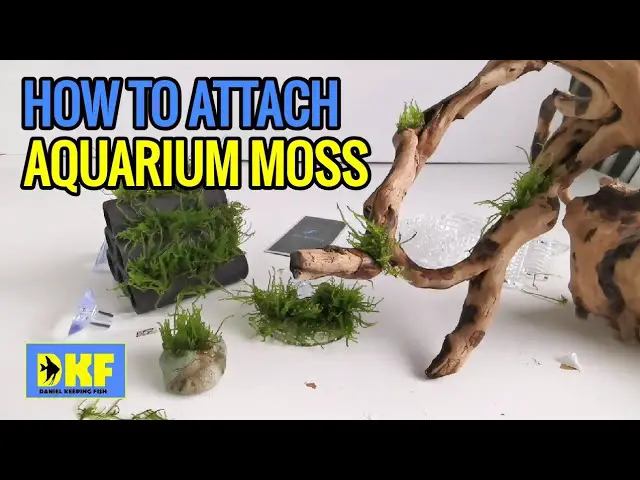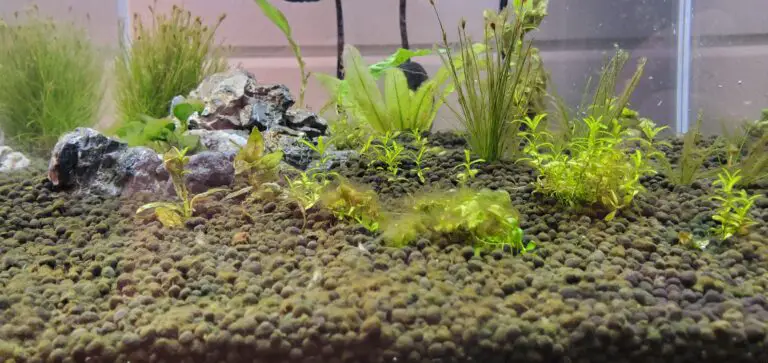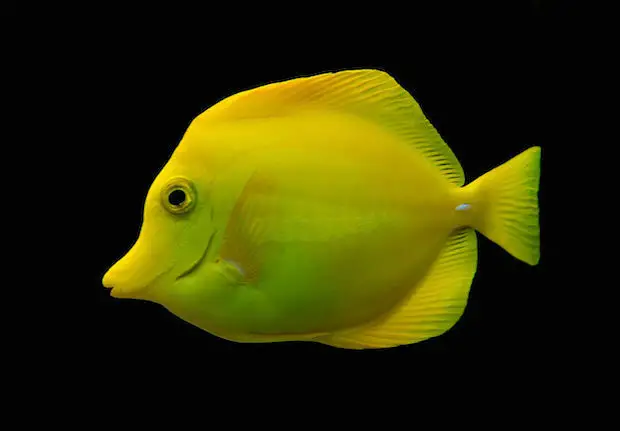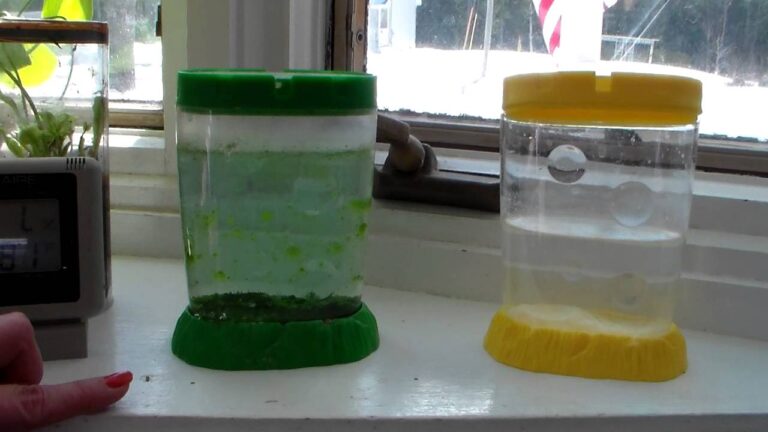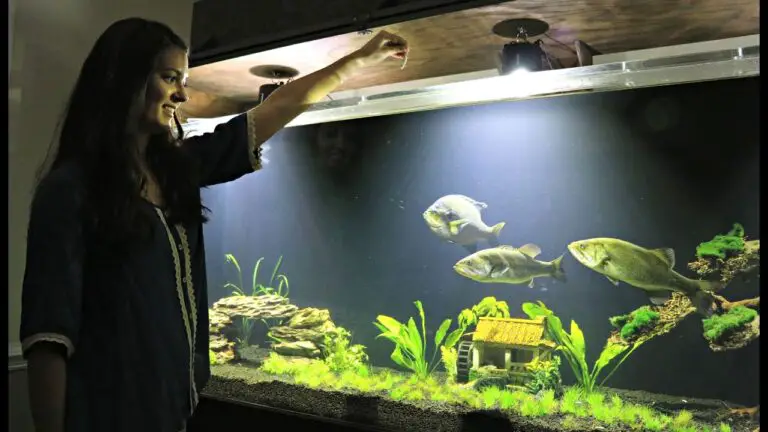How to Make Sponge Filter Bubbles Smaller?
The size of the bubbles produced by a sponge filter can be adjusted to make them smaller. To do this, start by adjusting the air flow. Turn it down as much as possible without interrupting the operation of the filter. Next, check that all parts are in good condition and clean any blockages or debris…
